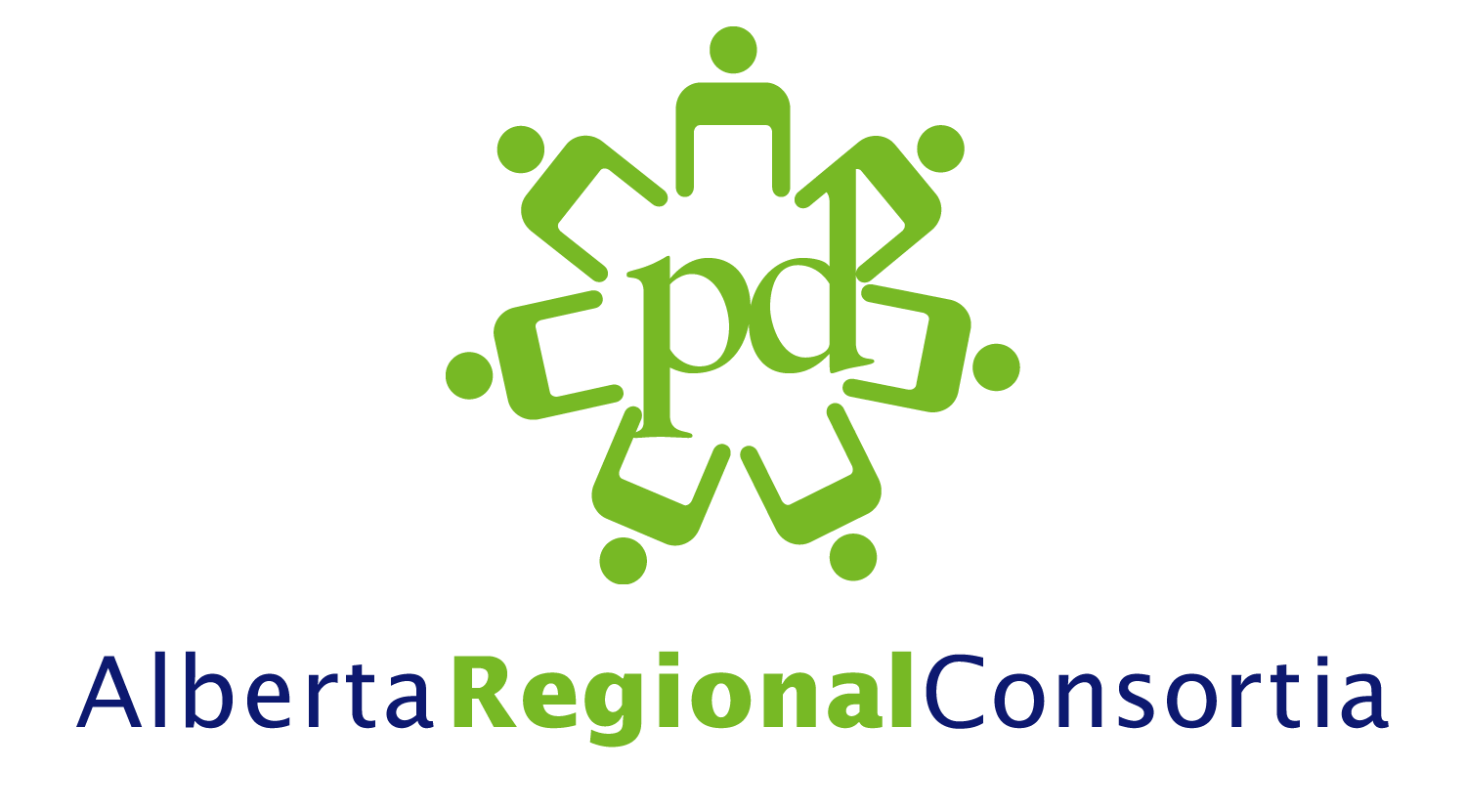Mathematics Vocabulary
Vocabulary used in mathematics k - 6
Special | A | B | C | D | E | F | G | H | I | J | K | L | M | N | O | P | Q | R | S | T | U | V | W | X | Y | Z | ALL
M |
|---|
Mathematical ConnectionsContextualization and making connections to the experiences of learners are powerful processes in developing mathematical understanding. This can be particularly true for First Nations, Métis and Inuit learners. When mathematical ideas are connected to each other or to real-world phenomena, students begin to view mathematics as useful, relevant and integrated. |
Mathematical Problem SolvingLearning through problem solving should be the focus of mathematics at all grade levels. When students encounter new situations and respond to questions of the type How would you …? or How could you …?, the problem-solving approach is being modelled. Students develop their own problem-solving strategies by listening to, discussing and trying different strategies. |
Mathematical Reasoningnote: this is emphasized in the Alberta Mathematics Program of Studies and talked about, but it is not explicitly defined in the Program of Studies. Mathematical reasoning helps students think logically and make sense of mathematics. Students need to develop confidence in their abilities to reason and justify their mathematical thinking. High-order questions challenge students to think and develop a sense of wonder about mathematics. It is difficult to articulate what exactly reasoning is but, drawing on the above, here are some suggestions about what we do when we reason:
This list is not exhaustive (University of Cambridge NRICH project)
|
